With Australia's automotive manufacturing industry poised to close forever within a couple of years, we look at Australia's changing taste in cars.
How did it come to this? The doors will close on Australian car manufacturing forever by the end of 2017.
Ford will shut its car assembly lines first, in October 2016, then Holden and Toyota will follow a year later.
All will become solely importers of vehicles, along with the 60 or so other brands -- more than in the US or the UK.
Despite the enormous passion for our former favourites, the reality is our car-buying tastes have changed.
We're now embracing small cars, SUVs and pick-ups in record numbers. The once iconic family and fleet sedan is passé.
Australia's three remaining car makers did the sums on building these other types of cars, but they can't sell enough of them to sustain a factory.
Assembly lines need to produce a minimum of 200,000 cars a year to remain viable.
Today, because we have more makes and models than any other developed country, you can become Australia's top-selling car with just 45,000 annual sales.
So Toyota, Holden or Ford -- just one of these brands -- would have to build Australia's top four best-sellers to keep a factory running. An impossible task.
Why can't we export to make up the numbers? Because we are surrounded by countries in the Asia-Pacific region with labour costs that are less than a quarter of Australia's.
Sadly, in the end, Australia was too costly, too fragmented and too far away from the rest of the world to be able to sustain a car manufacturing industry.
It will be genuinely sad to the see the end of an era of car manufacturing in Australia, and an end to the skills the workers brought to an exciting industry.
But unfortunately the circumstances were beyond everyone's control.
Holden Commodore highlights
1978

The original Holden Commodore was designed to replace the iconic Kingswood. In response to the oil crisis in the early 1970s, General Motors decided to downsize. The Commodore was a localised version the German-made Opel sedan at the time. Early examples crumbled during testing in Australia's harsh conditions and Holden made significant modifications to make the Commodore more robust. Unfortunately, the energy crisis came and went and buyers favoured the larger Ford Falcon XD model released in 1980. History would show Holden had reacted too quickly to the changing trends and the Falcon outsold the Commodore for most of the 1980s.
1988

A new generation Holden Commodore started with the VN model. It too was loosely based on the large Opel sedan from Germany at the time, but it was bigger than its European sibling and had unique styling. Powered by a Buick-sourced V6, the VN Commodore was praised for its rapid acceleration. The plastic grey bumpers quickly faded in the hot Aussie sun but buyers didn't care and the VN Commodore helped Holden reclaim the sales lead from the arch rival Ford Falcon. The Falcon and Commodore swapped the sales lead five times in the 10 years from 1988 to 1997.
1997

This was the most successful Commodore generation of all time. With its sleek European-inspired design, roomy interior and sure-footed road-holding the VT model set the Commodore on the path to success. It also helped that the Falcon of the day was regarded as ugly, prompting buyers to flock to the Commodore in droves. This was the biggest selling Commodore model of all time, with a staggering 303,895 built over almost three years. However, that's still not as high as the HQ Kingswood's run (485,650) in the 1970s.
2006

The VE model -- dubbed the "billion dollar baby" because that's what it cost to design, develop, engineer and manufacture -- was the first truly unique Australian Commodore from the ground up. It had no relation to the German sedan of the day (which switched to front-wheel-drive while the Commodore remained rear-wheel-drive) and would eventually underpin the iconic Chevrolet Camaro muscle car. The VE was supposed to spawn other models, including a new generation Monaro two-door coupe, but the Global Financial Crisis took hold in 2008 and those plans were scrapped. At the same time, Australia's love affair with SUVs expanded, import tariffs lowered and our currency became stronger, making foreign cars cheaper to buy. Government and business fleets relaxed their "buy Australian" policies and more and more people began choosing other types of cars. The VE was supposed to be replaced by a new model in 2010 but slow sales saw the VF update pushed back to 2013.
2013

The VF Commodore is a heavily revised version of the VE, including lightweight aluminium panels, new front and rear-end styling, a completely new interior and technology such as forward crash alert and a head-up display in the windscreen on flagship models. The VF Series II that goes on sale in October 2015 will be the most advanced Commodore to date. Holden may have saved the best until last but unfortunately it was too little too late.
Holden Commodore by the numbers:
15 - The number of consecutive years the Commodore was Australia's top-selling car (1996 to 2011).
22 - The number of Holden Commodore Bathurst 1000 victories over the past 37 years.
3.13 million - The number of Holden Commodores made so far.
4 - The number of cylinders in the four-cylinder Commodore built from 1980 to 1983. Unfortunately the motor was as thirsty as the six-cylinder because it had to work harder to move the Commodore's mass.
2002 - The last time Holden led the Australian car market, and its biggest year of sales on record.
94,642 - The record number of Commodores sold in a full calendar year, in 1998.
27,766 - The lowest number of Commodores sold in a full calendar year, in 2013.
2018 - The year that Holden will import the next generation Commodore from Germany. It will be a rebadged version of the large Opel sedan, meaning the Commodore will have come full circle.










.jpg)

.jpg)

.jpg)

.jpg)



.jpg)








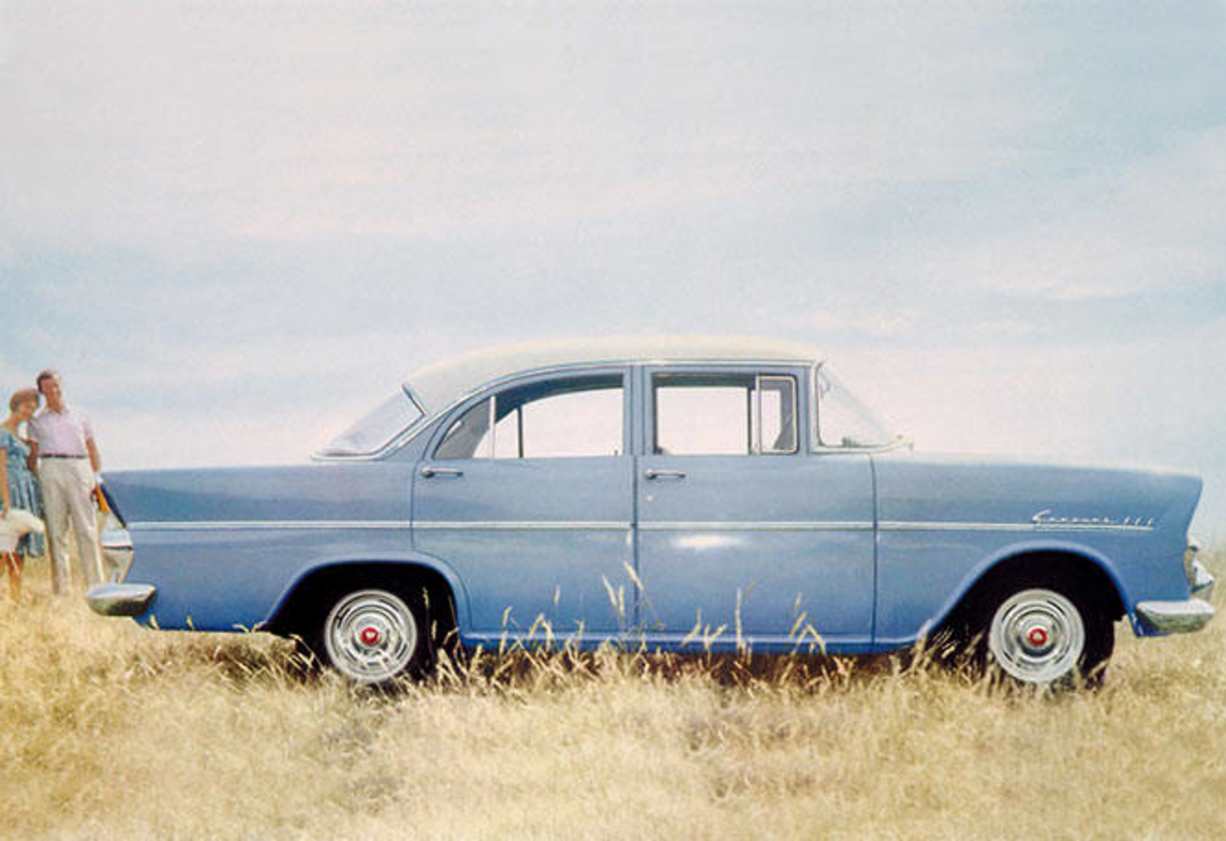
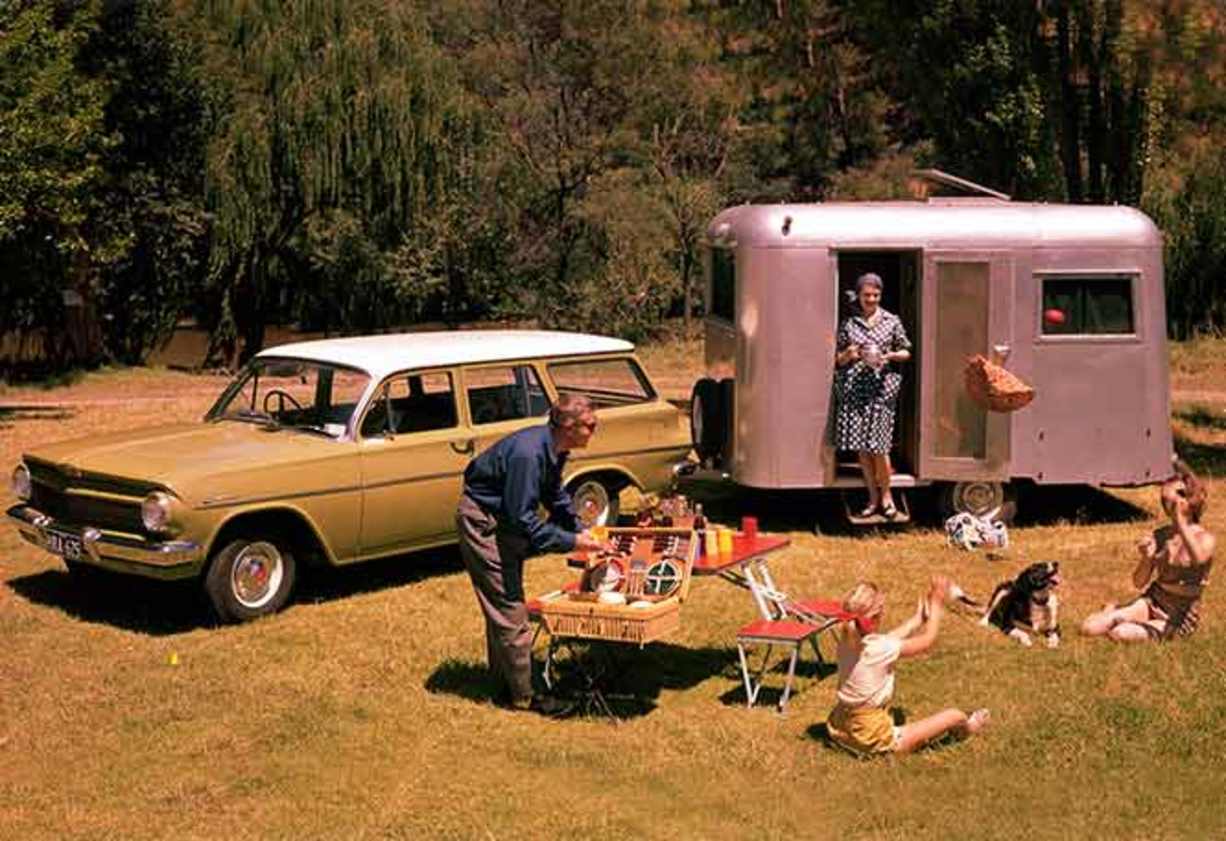

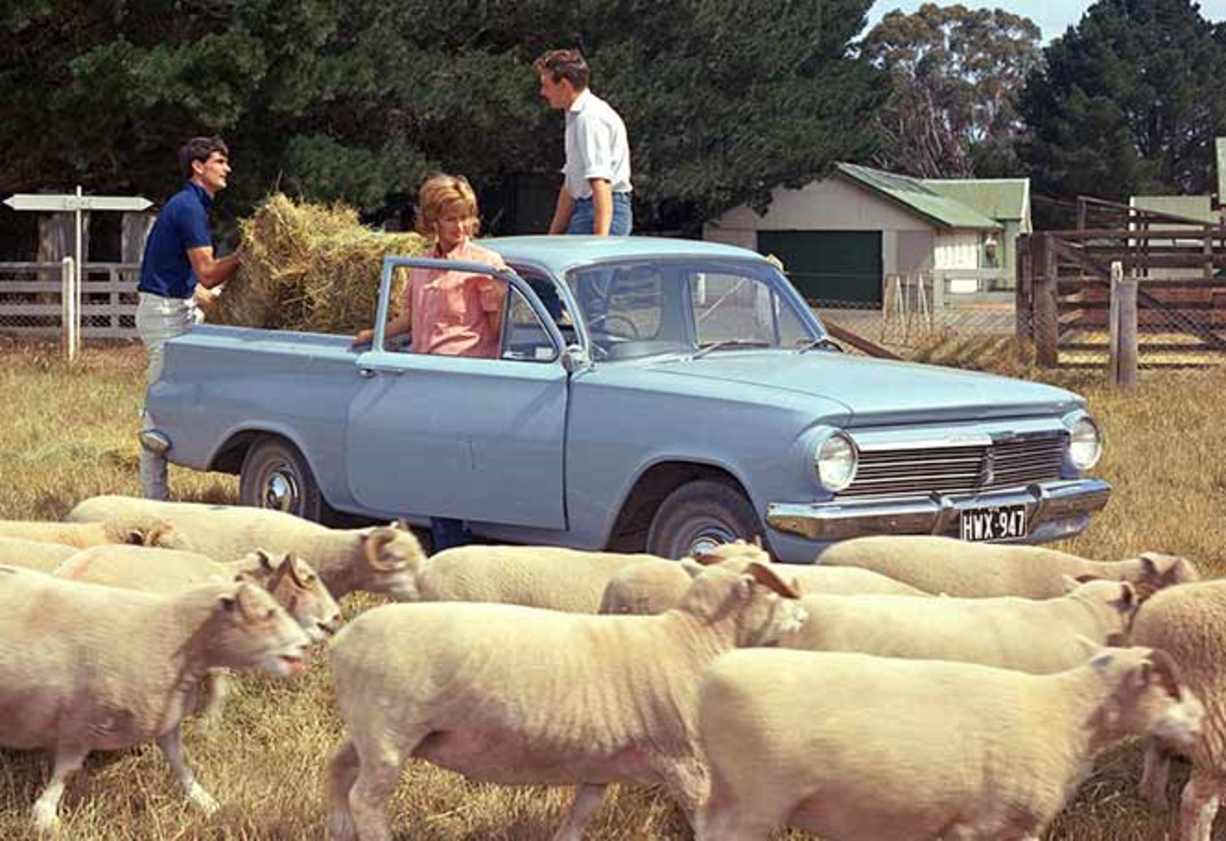


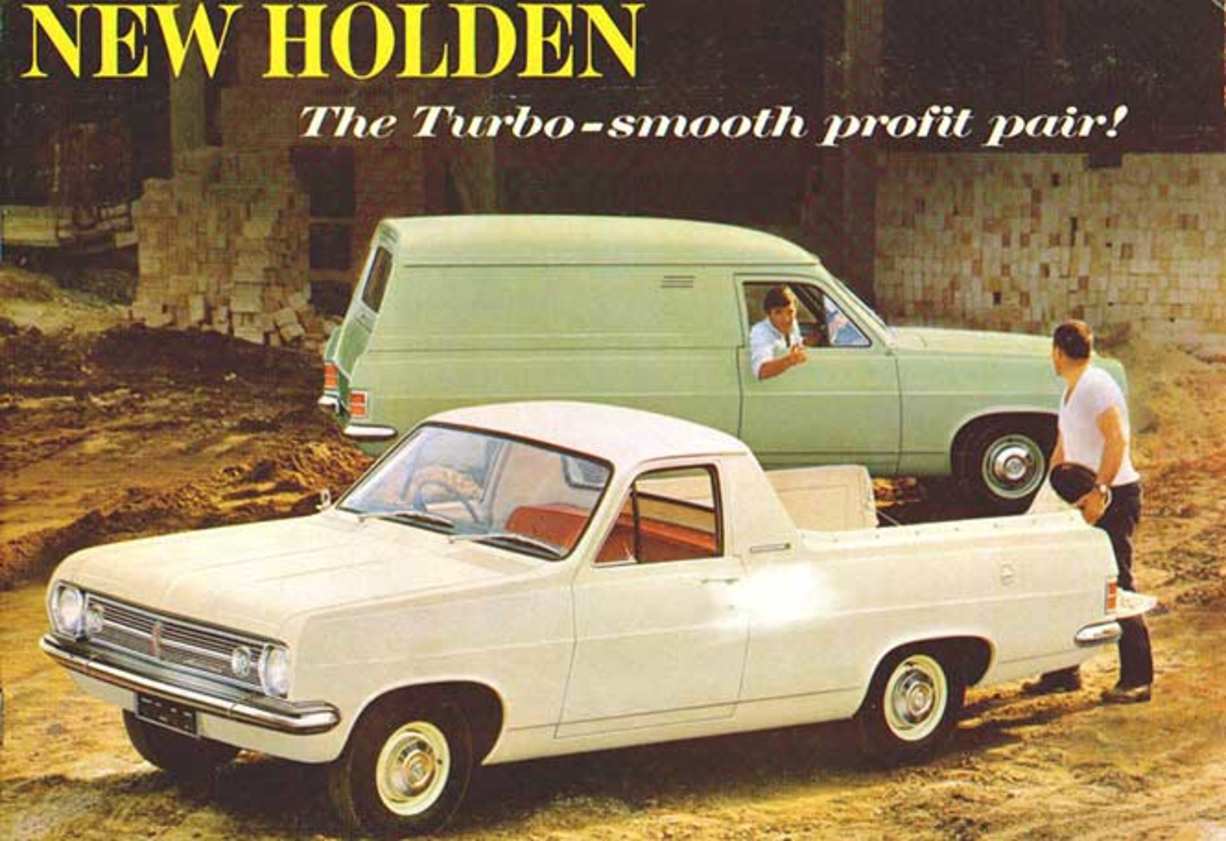










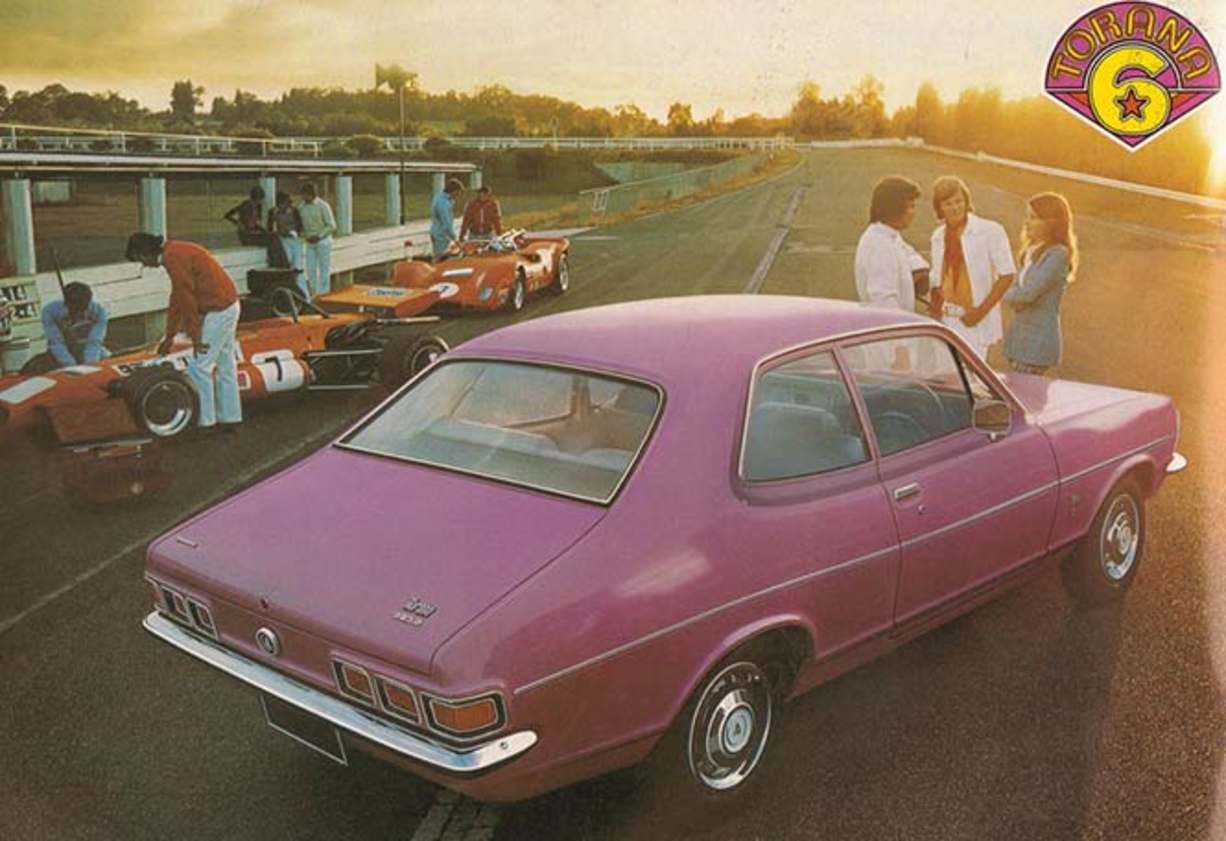



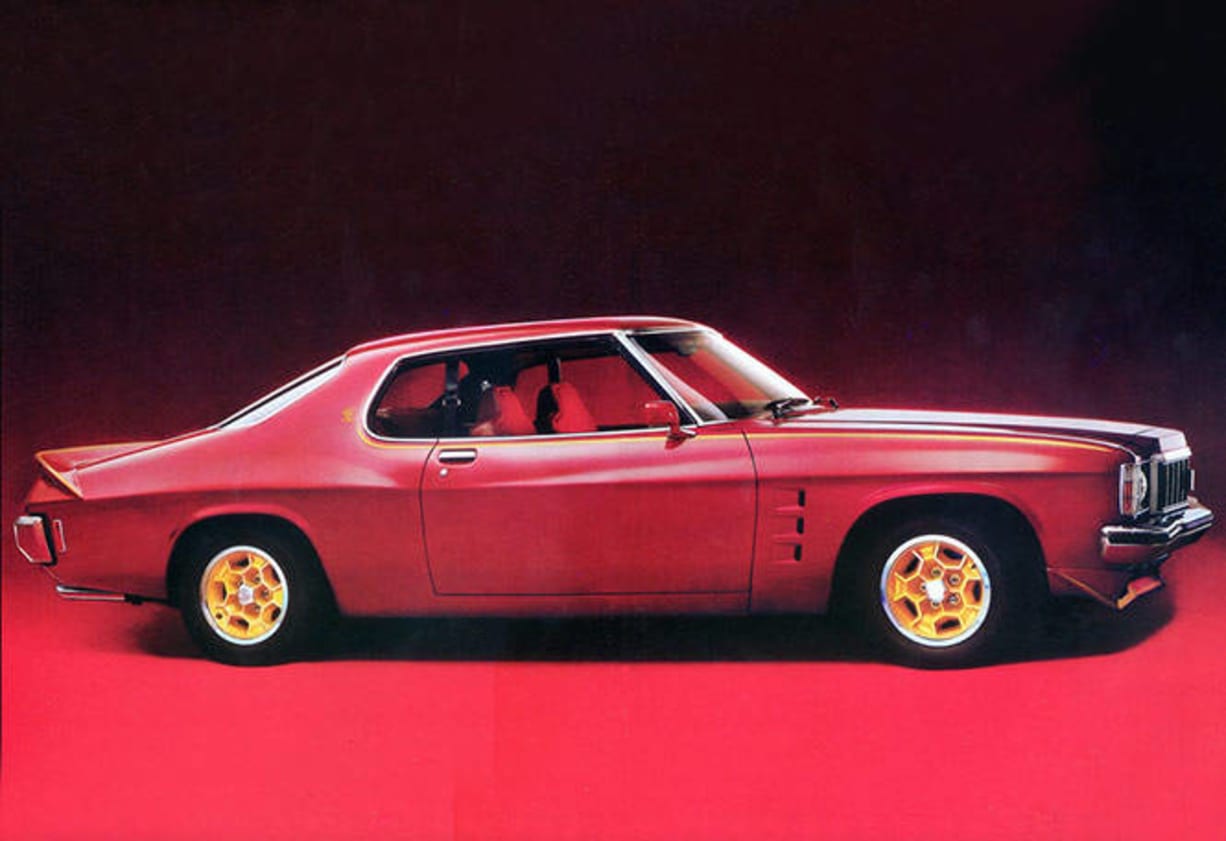









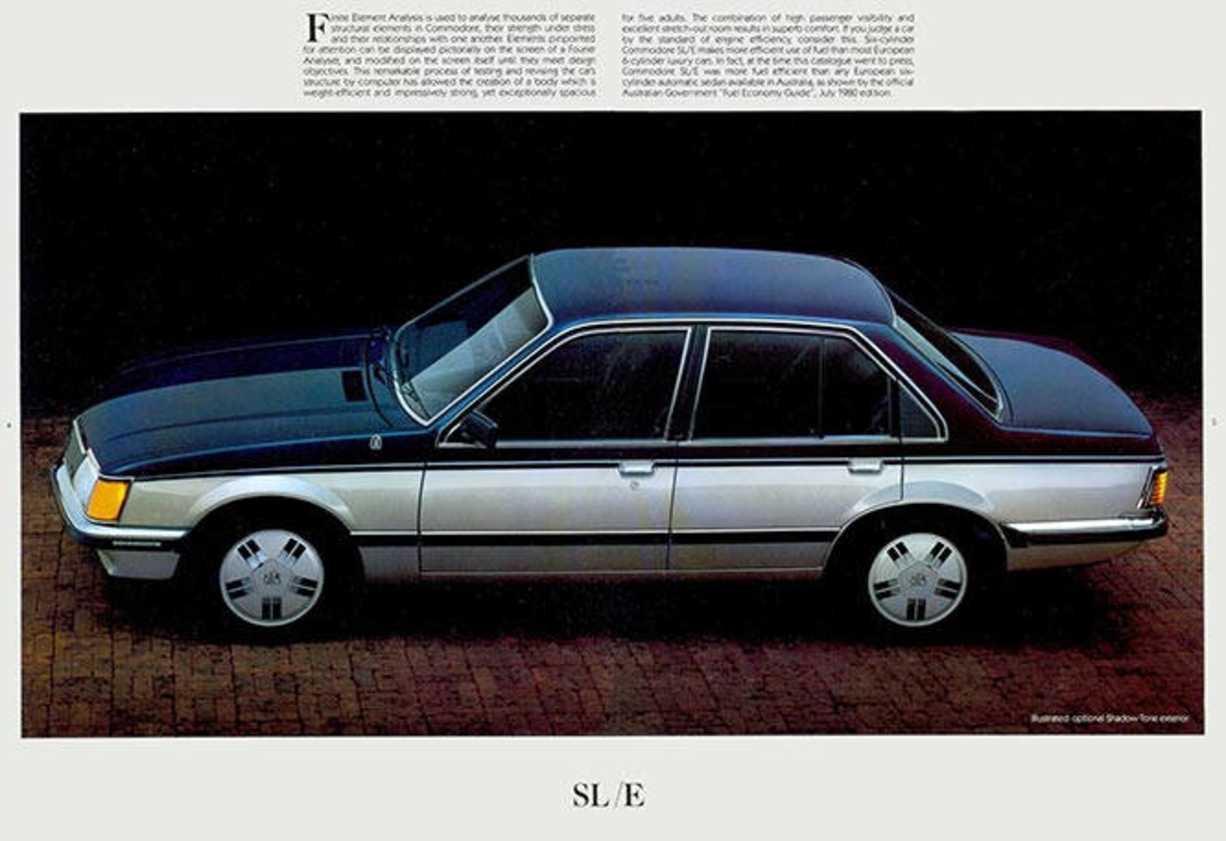



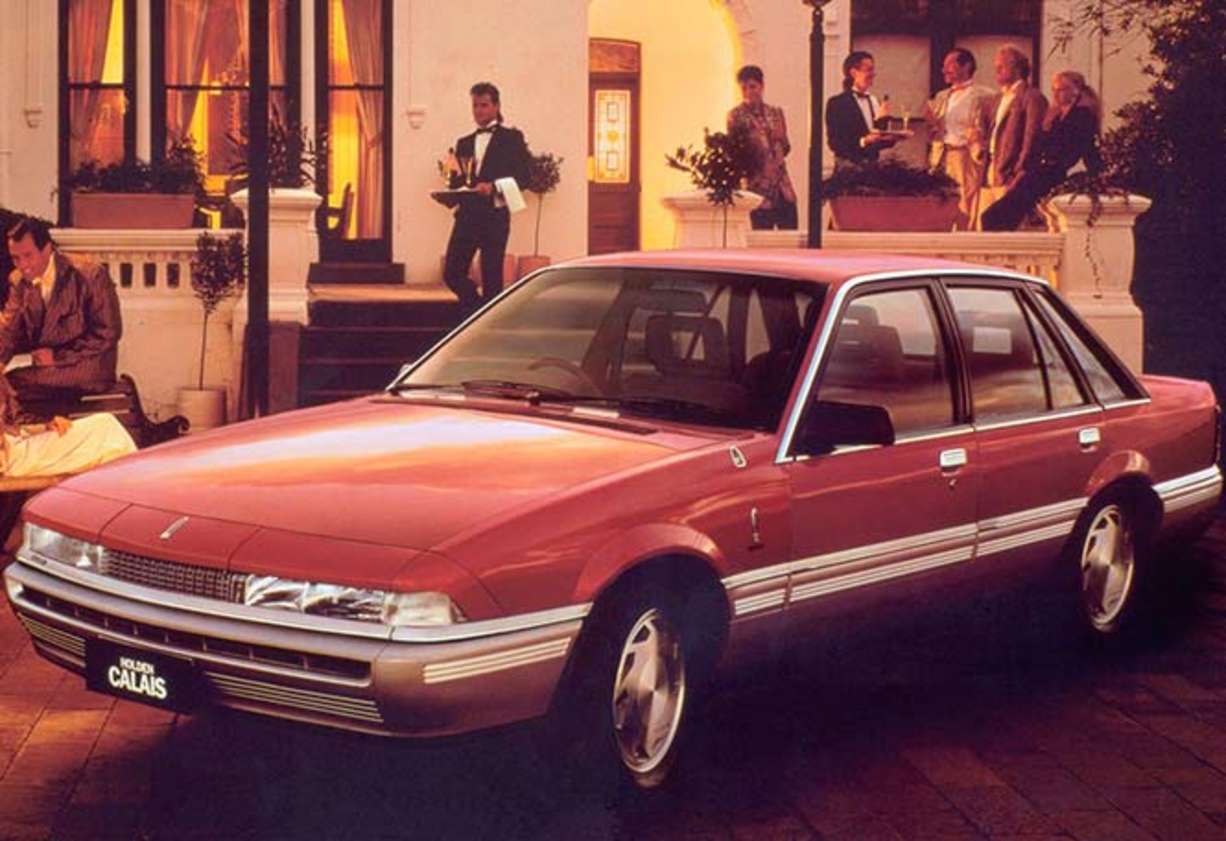









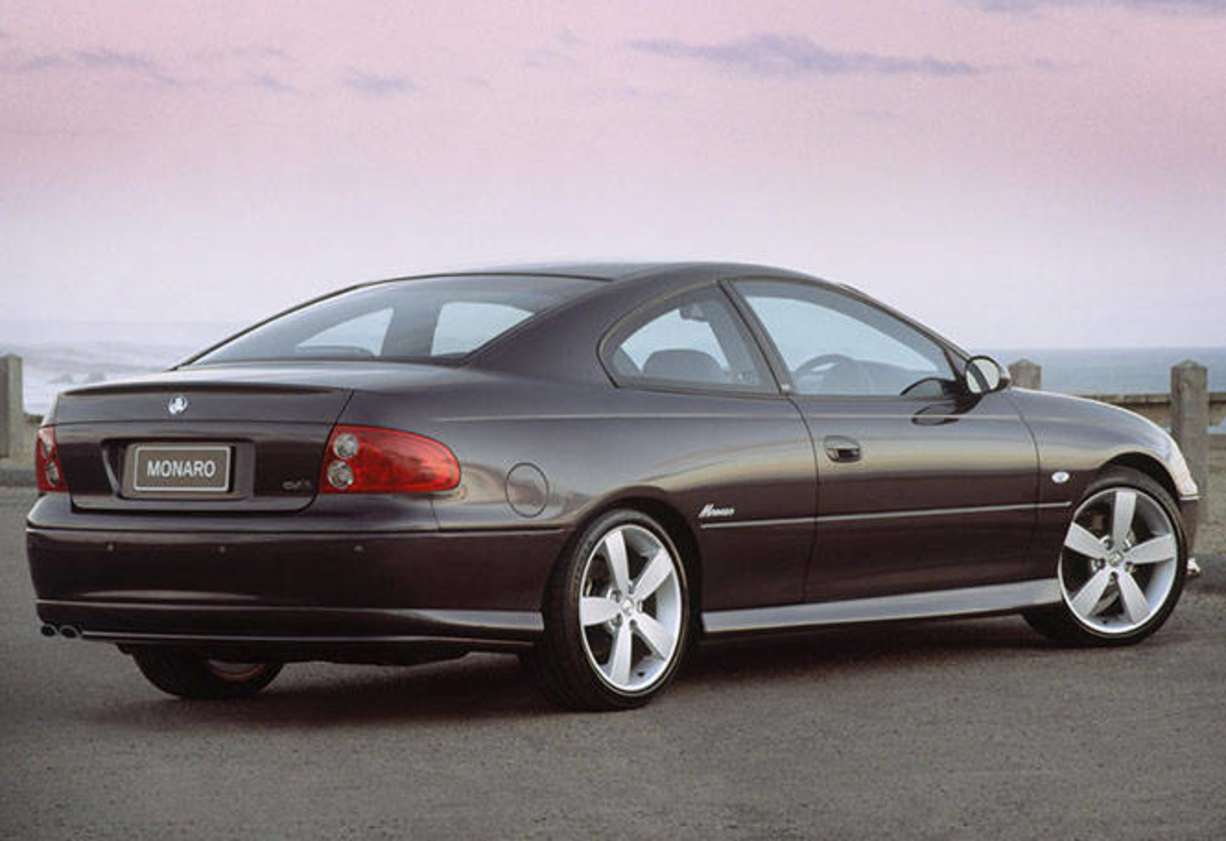


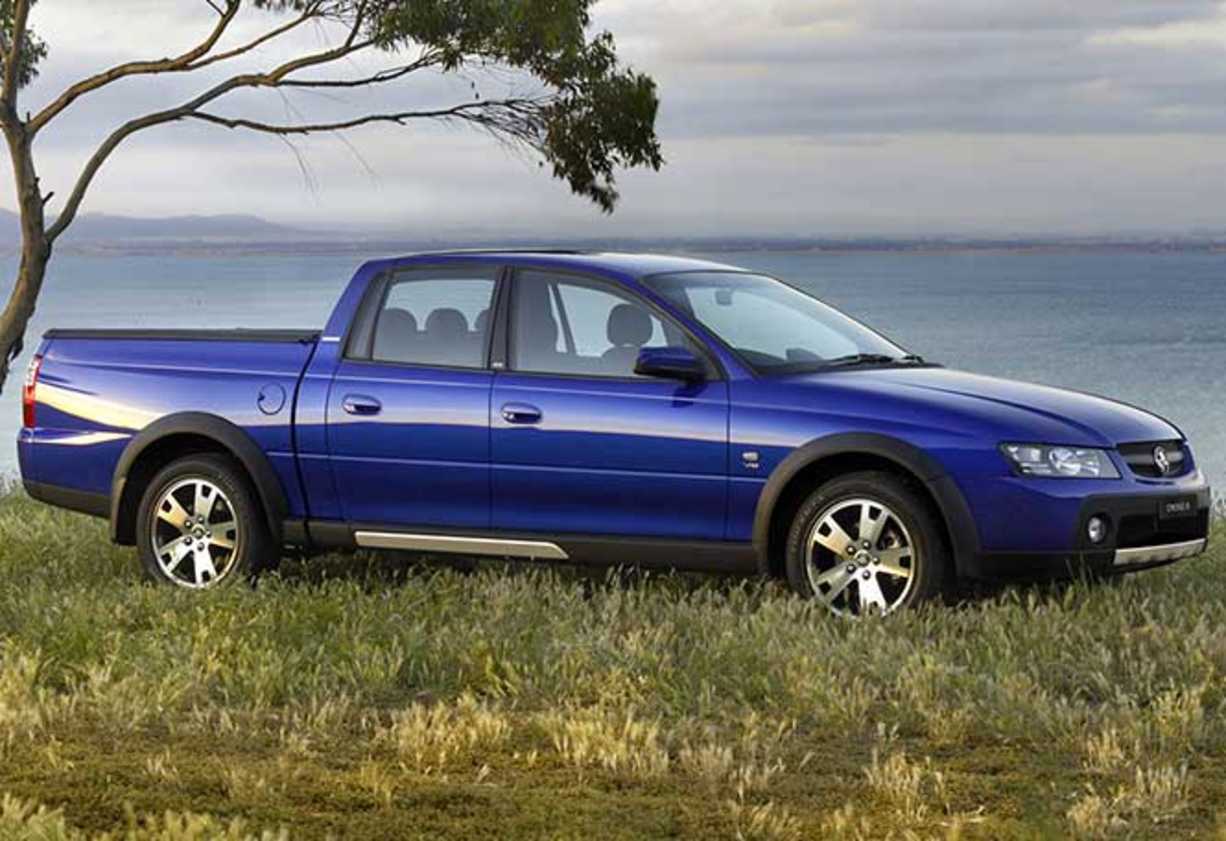
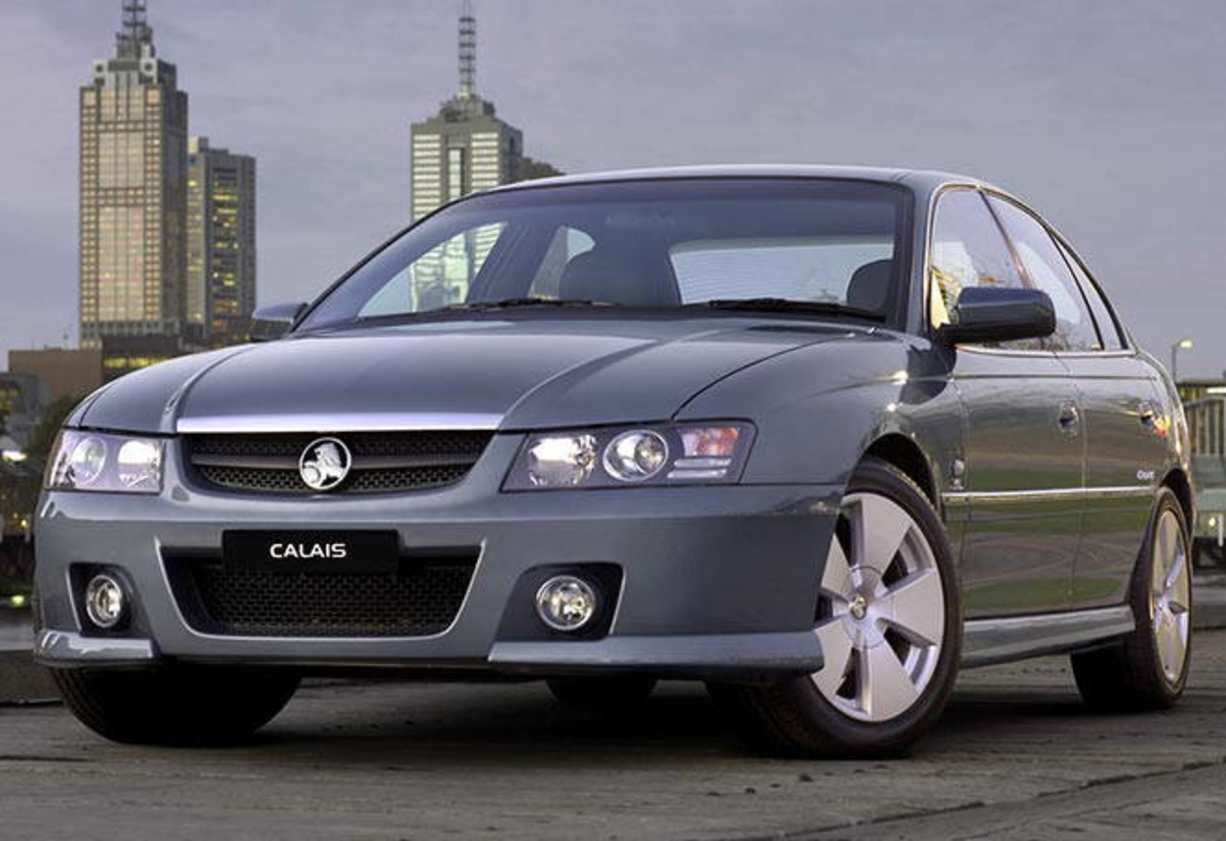
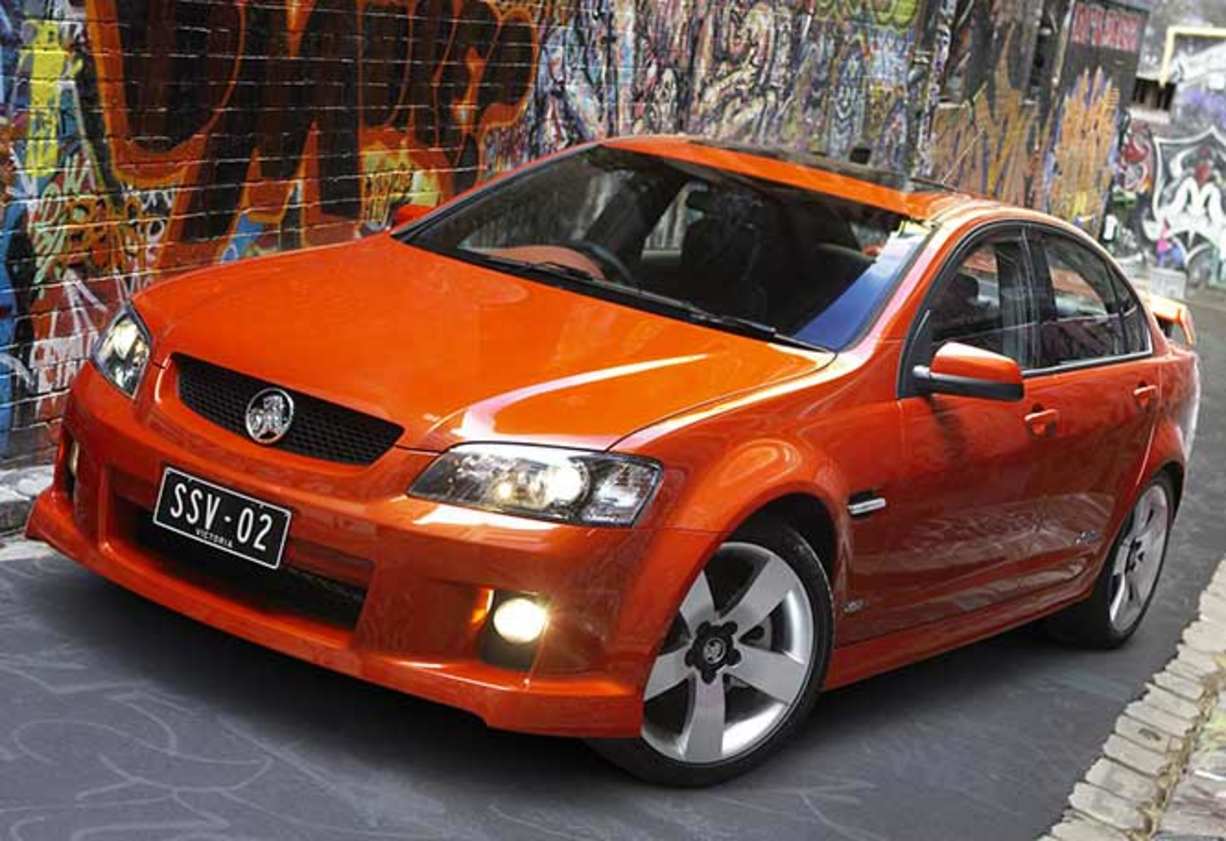

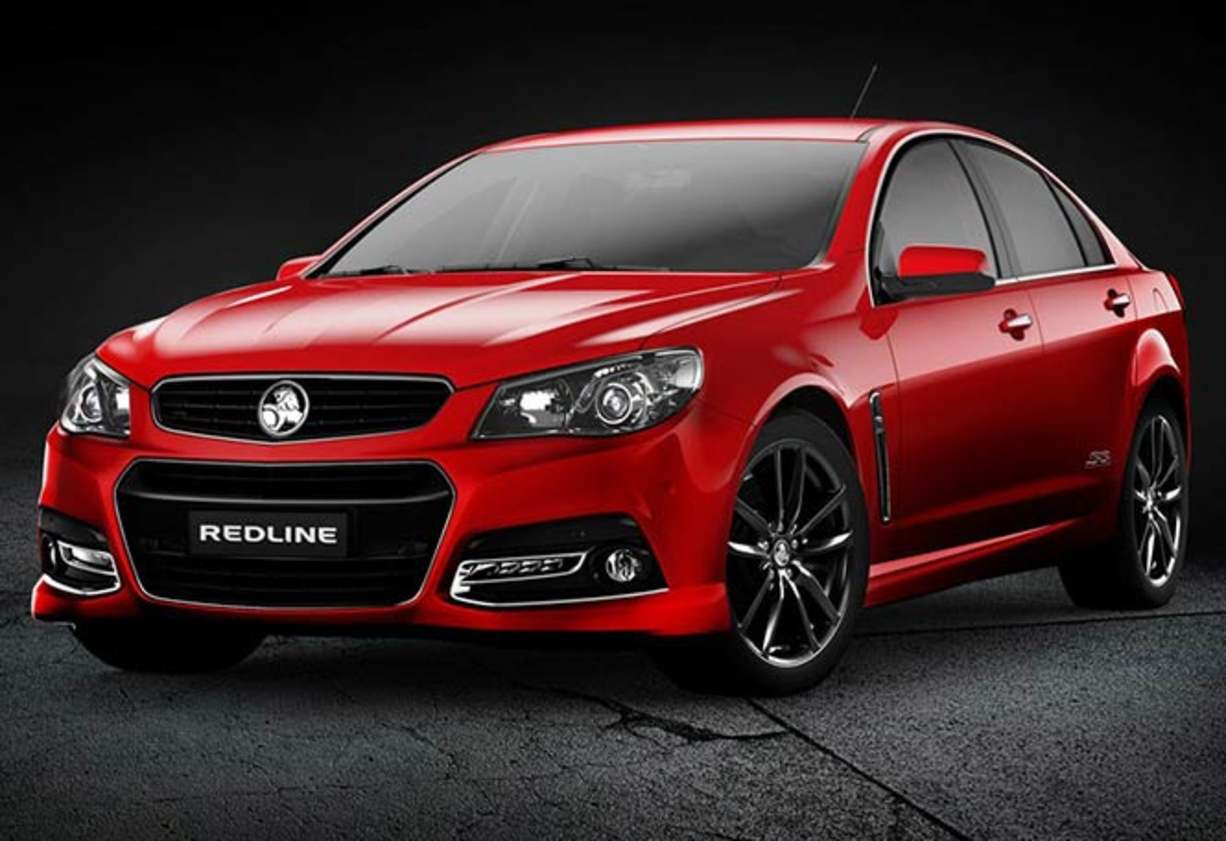



























































.jpg)
.jpg)
.jpg)
.jpg)
.jpg)
.jpg)
.jpg)
.jpg)
.jpg)
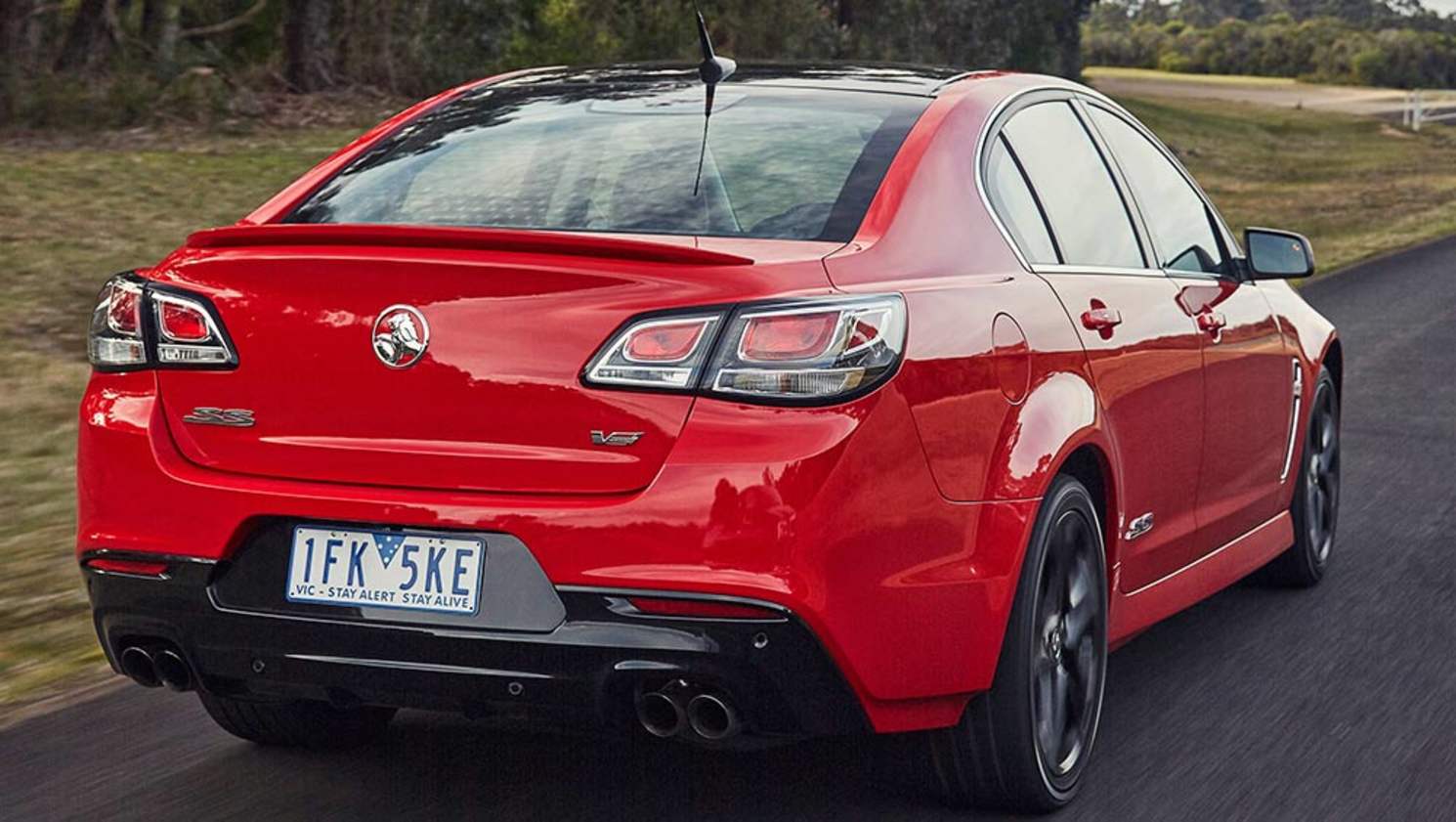
.jpg)
.jpg)
.jpg)
.jpg)
.jpg)
.jpg)
.jpg)
.jpg)
.jpg)
.jpg)


.jpg)

.jpg)